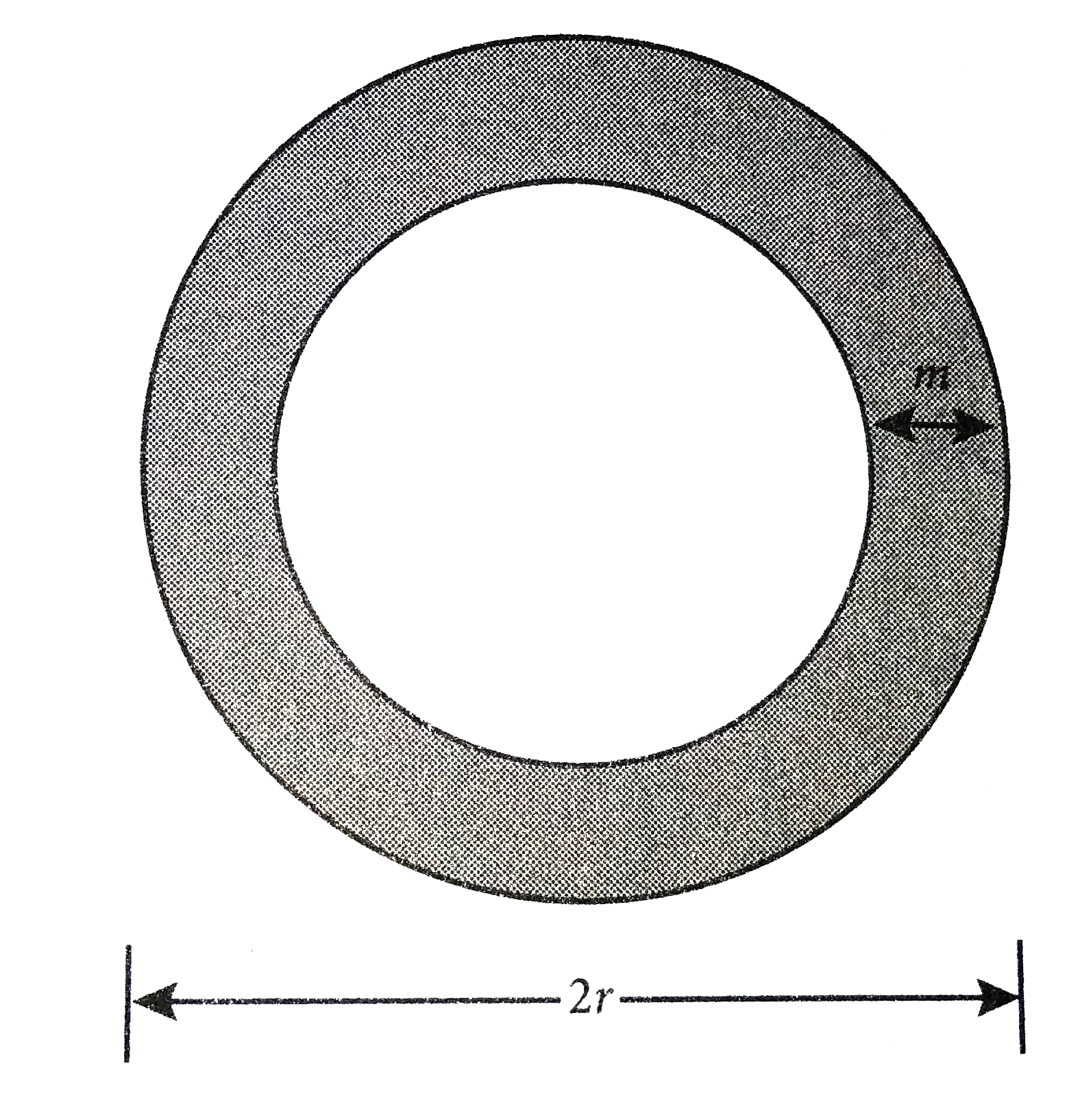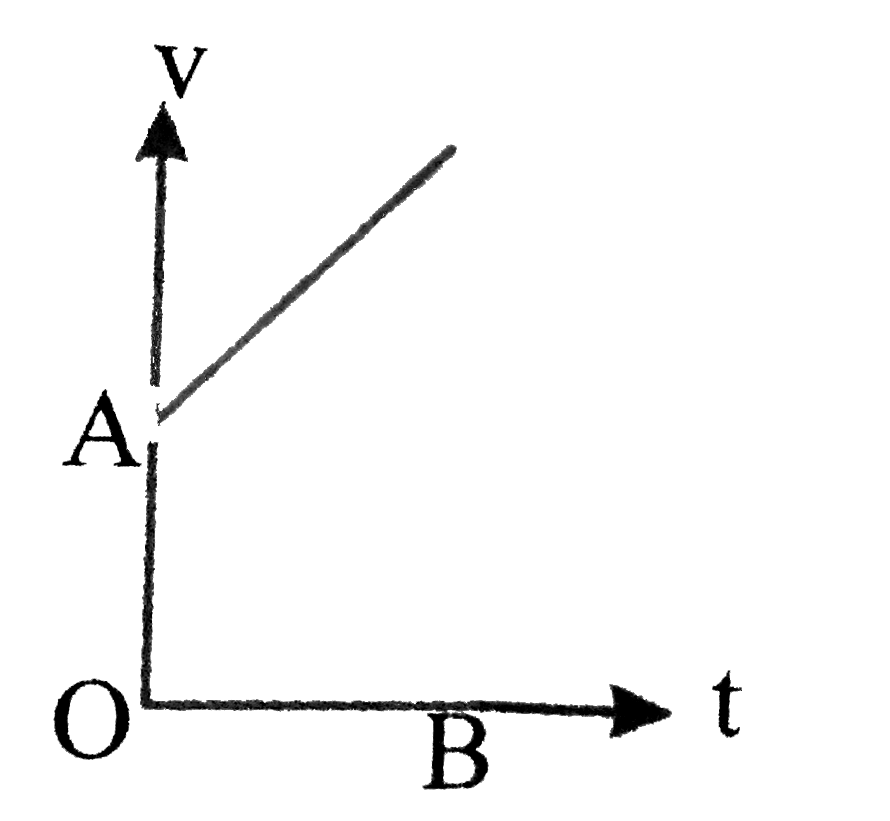The quantity pVkt represents
A) number of moles of the gas
B) total mass of the gas
C) number of molecules in the gas
D) density of the gas
The correct Answer is:C
Step by step video & image solution for The quantity (pV)/(kt) represents by Physics experts to help you in doubts & scoring excellent marks in Class 11 exams.
Updated on:21/07/2023Topper's Solved these Questions
Similar Questions
Knowledge Check

the figure above represents a circular lake with the walking path that is m meters wide. If the expression πr2−π(r−m)2 represents the area of the walking path, in square meters, what does the quantity (r-m) represent?AThe radius of the lakeBThe combined radius of the lake and walking pathCThe combined area of the surface of the lake and walking pathDThe area of the surface of the lake
Equation of a standing wave is generally expressed as y=2Asinωtcoskx. In the equation quantity ωk represents
View SolutionAssertion : All derived quantities may be represented dimensionally in terms of the base quantities.
Reason : The dimensions of a base quantity in other base quantities are always zero.
View SolutionAssertion : All derived quantities may be represented dimensionally in terms of the base quantities.
Reason : The dimensions of a base quantity in other base quantities are always zero.
View SolutionChoose the wrong statement. Option 1 All quantities may be represented dimensionally in terms of the base quantities Option 2 A base quantity cannot be represented in terms of the rest of the base quantity Option 3 The dimension of a base quantity in other base quantities is always zero Option 4 The dimension of a derived quantities is never seen in any base quantity
View SolutionA dimensionless quantity y is represented by the formula y=a−bcd+e. Which of following is/arecorrect?
View SolutionWhat would be the SI unit for the quantity pV2T2/n?
View Solution
The variation of quantity A with quantity B is plotted in the fig. Describes the motion of a particle in a straight line.
(a) Quantity B may represent time.
(b) Quantity A is velocity if motion is uniform.
(c) Quantity A is displacement if motion is uniform
(d) Quantity A is velocity if motion is uniformly accelerated.
View Solution
